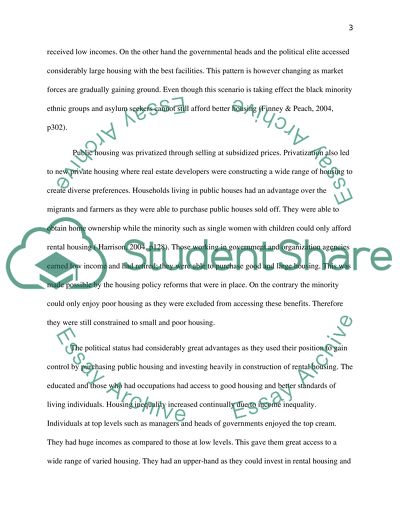Cite this document
(“Housing and Urban Regeneration Essay Example | Topics and Well Written Essays - 1750 words”, n.d.)
Housing and Urban Regeneration Essay Example | Topics and Well Written Essays - 1750 words. Retrieved from https://studentshare.org/law/1472122-housing-and-urban-regeneration
Housing and Urban Regeneration Essay Example | Topics and Well Written Essays - 1750 words. Retrieved from https://studentshare.org/law/1472122-housing-and-urban-regeneration
(Housing and Urban Regeneration Essay Example | Topics and Well Written Essays - 1750 Words)
Housing and Urban Regeneration Essay Example | Topics and Well Written Essays - 1750 Words. https://studentshare.org/law/1472122-housing-and-urban-regeneration.
Housing and Urban Regeneration Essay Example | Topics and Well Written Essays - 1750 Words. https://studentshare.org/law/1472122-housing-and-urban-regeneration.
“Housing and Urban Regeneration Essay Example | Topics and Well Written Essays - 1750 Words”, n.d. https://studentshare.org/law/1472122-housing-and-urban-regeneration.


